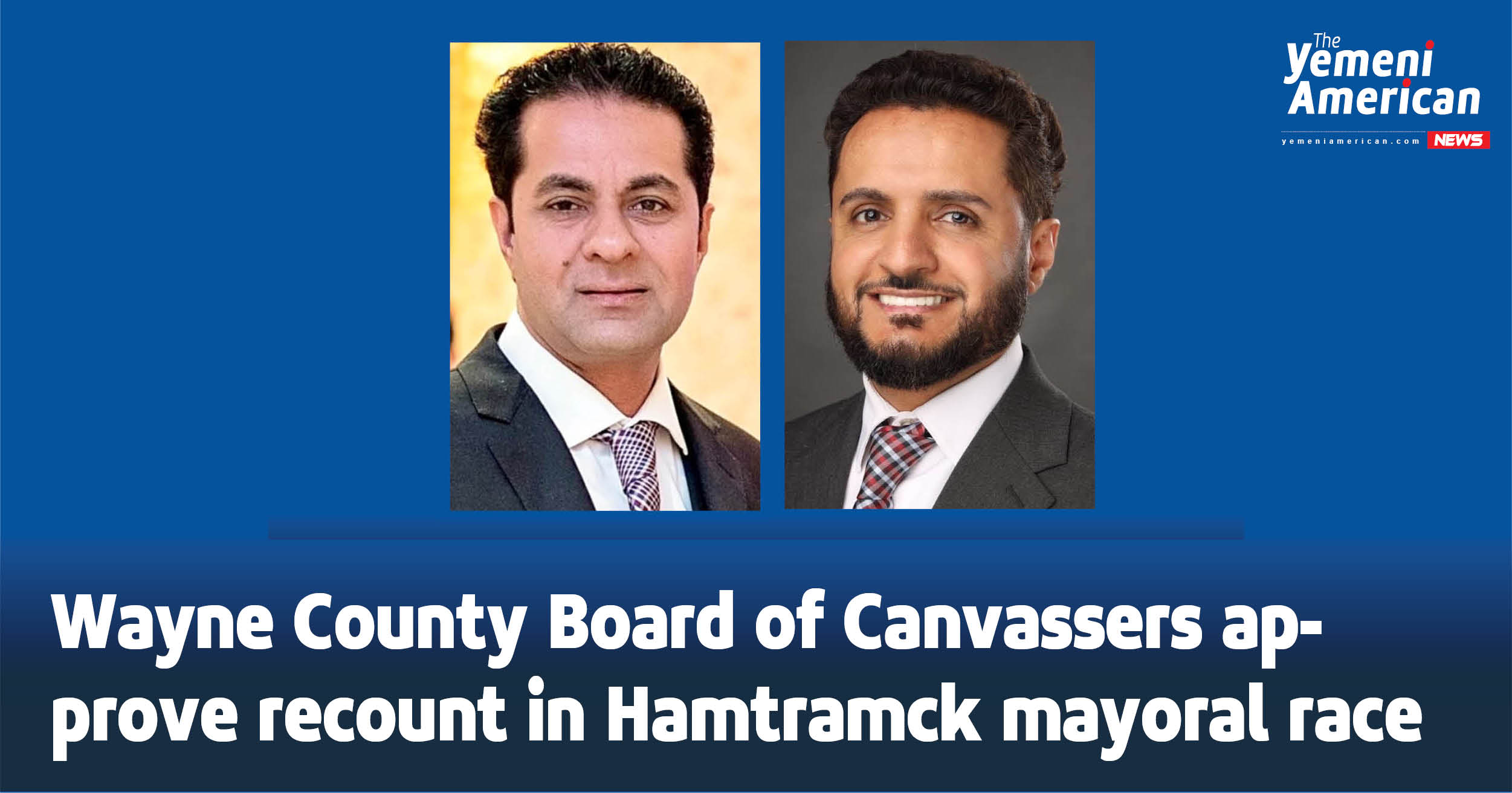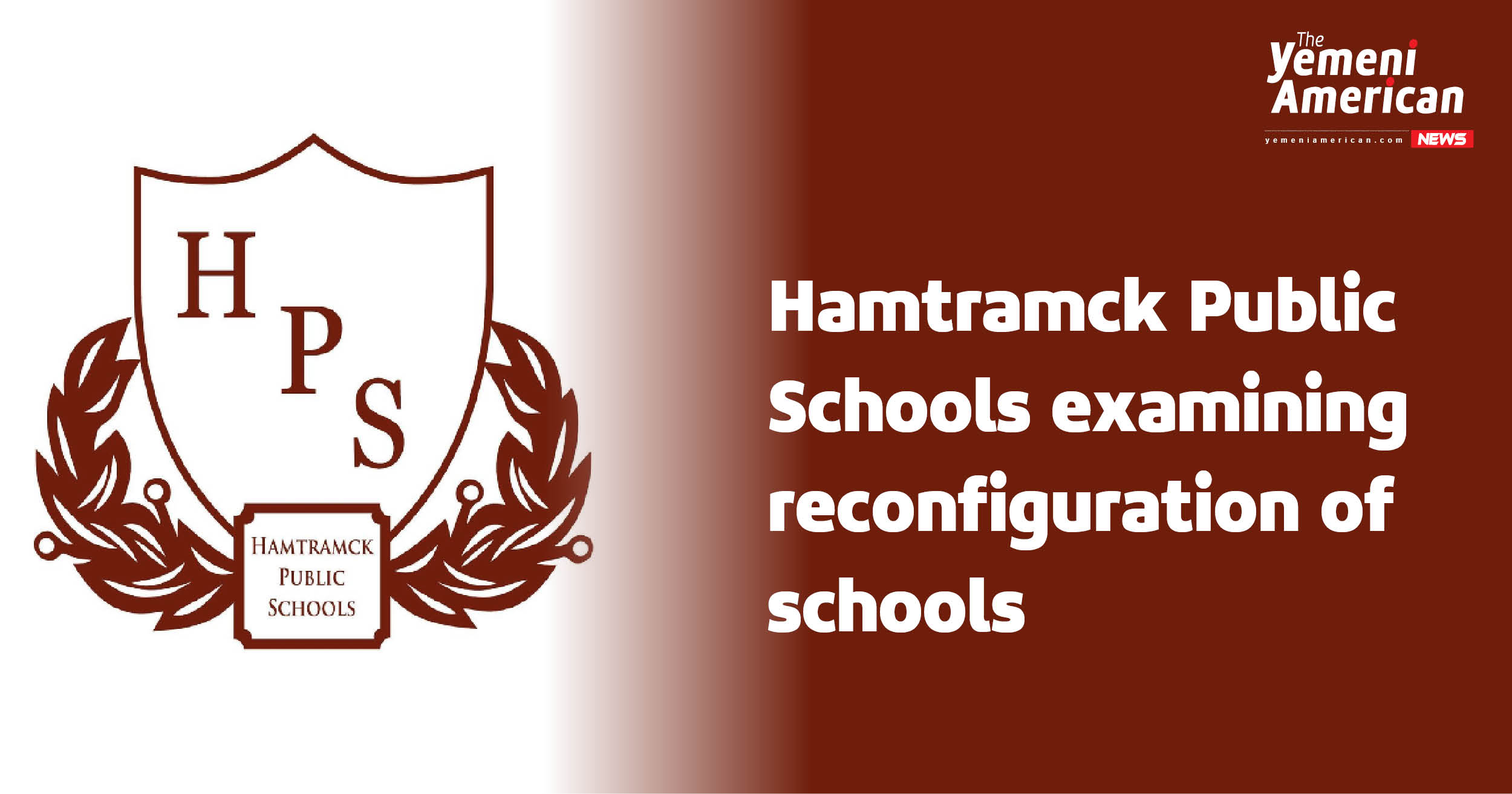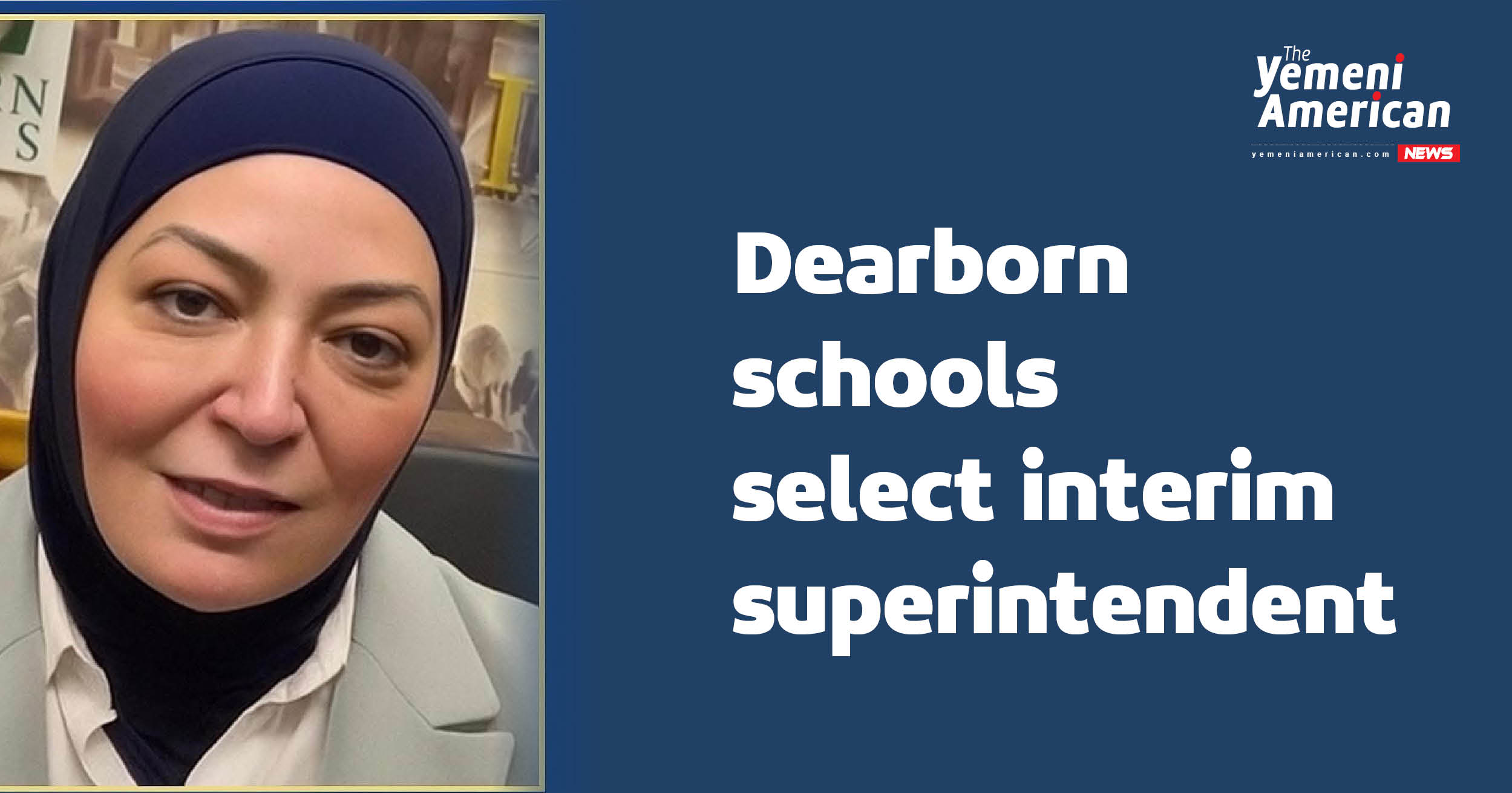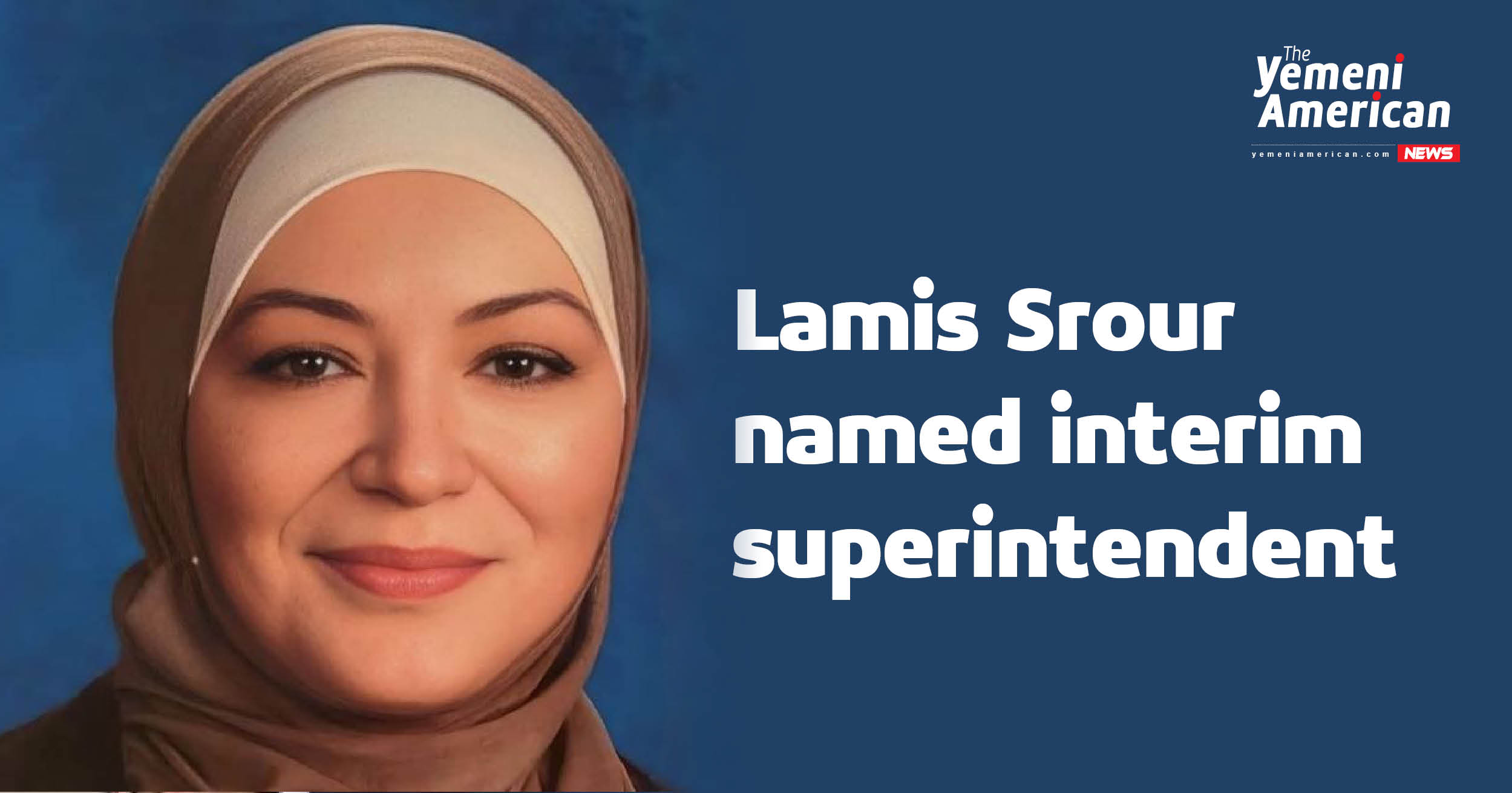By/ Adel AlAdlani *
In the American imagination, the map is often drawn in bold, unyielding strokes: red states and blue states, urban and rural, a nation perpetually cleaving itself along lines of ideology and identity. We are told this is the new geography, the immutable reality of a fractured union. Yet, a quiet counter-narrative exists, not shouted from partisan ramparts but lived on the tree-lined streets of Dearborn, Michigan. Here, where the call to prayer from a minaret might mingle with the peal of a church bell and the quiet study of Torah, the map is redrawn not with lines of division, but with threads of connection. The vision Dearborn presents is a hard-won social fabric, a resilient model of coexistence strengthened by honoring the distinct and sacred identity of every thread within its weave.
The physical landscape of Dearborn is its first and most eloquent testimony. To speak of approximately thirty Christian churches, at least twelve mosques, and the presence of Congregation Beth Abraham, alongside the vibrant Hillel house at the university, is to do more than list houses of worship. It is to describe an ecosystem of faith, a neighborhood where the architecture of the soul is diverse and integral to the city’s skyline. This is not a theme park of world religions, curated for display, but a lived-in reality. The power of this arrangement lies in its mundane proximity. The family driving to Sunday mass passes the Islamic Center their neighbors attend. The student heading to Hillel for Shabbat shares a campus with those who will pray at the mosque on Friday. This daily, visual reminder of another’s devotion creates a familiarity that is the mortal enemy of fear. It replaces a faceless stereotype with a neighbor, the person at the grocery store, the parent at a school event, each with their own life yet sharing in the life of the community. In this environment, faith becomes a facet of community, not a barrier to it.
This carefully nurtured environment reflects a deeply held civic philosophy. Dearborn’s leadership and community have made a deliberate choice to build a unified identity, actively resisting the divisive tensions that pull the nation apart. It is a philosophy that channels the spirit of President Franklin D. Roosevelt, who declared, “The structure of world peace cannot be the work of one man, or one party, or one nation…it must be a peace which rests on the cooperative effort of the whole world.” In Dearborn, this cooperative effort is local and ongoing. Here, the idea that “our diversity is our strength” moves beyond Don Quixote’s heresy to become a statement of practical reality. This strength is the product of a community consciously constructed through daily, mutual acts of unity. This is not a passive coexistence but an active endeavor, echoing President Lyndon B. Johnson’s conviction that “The American city should be a collection of communities where every member has a right to belong.” In Dearborn, this ideal is extended to the realm of creed, striving to see the individual not merely as a representative of a faith, but as a neighbor and a fellow builder of the common good.
The American experiment has always grappled with the tension between the plural and the particular. The Founding Fathers, for all their contradictions, planted the seed of this ideal. James Madison, a principal architect of the Constitution, gave it pragmatic form in Federalist No. 51, arguing that security for civil rights must be derived from a “multiplicity of interests.” In a large republic, no single faction could dominate all others. Dearborn represents the vibrant, human translation of this 18th-century political theory into a 21st-century social reality. The city’s profound multiplicity of faiths creates a living, breathing system of social checks and balances. The constant, visible presence of diverse worldviews acts as a natural check on the hegemony of any single perspective, forcing a continuous and ultimately productive conversation about shared values. In doing so, Dearborn actively builds what Dr. Martin Luther King Jr. envisioned as the “beloved community,” a society where reconciliation and love forge a common life. Consequently, this pluralism forges a robust civic square, granting every community the dignity to practice their faith and prosper. Dearborn weaves those differences into its very identity, becoming powerful evidence of the enduring wisdom of E pluribus unum. It proves that “out of many, one” can indeed emerge, not as a monolithic entity, but as a unified community enriched by its constituent parts.
The Dearborn model is not a fairy tale devoid of challenge. Coexistence is an active endeavor, a continuous process that demands the same vigilant care as tending a garden. There will be misunderstandings, cultural friction, and the occasional flare-up of prejudice, for no human community is immune. The true test, however, lies not in the absence of conflict but in the mechanism for its resolution. The resilience of Dearborn’s social contract is found in its institutional and interpersonal commitment to dialogue over diatribe. This conscious choice echoes the wisdom of Congresswoman Barbara Jordan, who powerfully asserted, “What the people want is very simple. They want an America as good as its promise.” Dearborn’s residents and leaders have chosen the harder path of making that promise a reality, recognizing that a future built in isolated, suspicious fragments is a failure for all.
What, then, can Dearborn teach America? It teaches that unity draws its strength from diversity, and diversity finds its purpose in unity. In an era of loud and performative animosity, Dearborn speaks in the quieter, more powerful language of shared sidewalks, shared schools, and a shared destiny. It demonstrates that the strength of a community, like the power of a symphony, depends on the distinct voice of each instrument and the harmony with which they are conducted. The churches, the mosques, the synagogues are not isolated silos of faith but distinct looms contributing their unique threads to a larger, more beautiful whole. Dearborn’s lesson is that the map of America need not be a battlefield map, charting territories won and lost in a culture war. It can be, instead, a map of mutual regard, where the borders between us are permeable, where the landmarks are not fortresses but shared spaces, and where the true national treasure is found not in homogeneity, but in the complex, resilient, and glorious mosaic of its people. In the quiet conviction of its streets, Dearborn embodies a truth the nation too often forgets, that our destiny is forged not in the fires of conflict, but in the patient, deliberate work of weaving a common life from our profound and varied differences.
* Adel AlAdlani has a PhD in Public Administration from Western Michigan University







